Purr-fectly Balanced: How to Make Healthy Homemade Cat Food
When it comes to caring for our feline companions, providing them with nutritious and wholesome meals is essential for their overall health and well-being. While commercial cat foods are readily available, many pet owners are turning to homemade options to ensure their cats receive the best possible nutrition. In this guide, we’ll explore the benefits of homemade cat food and provide you with practical tips and recipes to get started on crafting delicious and balanced meals for your beloved furry friend. Time to learn how to make delicious homemade cat food for your feline friend Understanding Your Cat’s Nutritional Needs […]
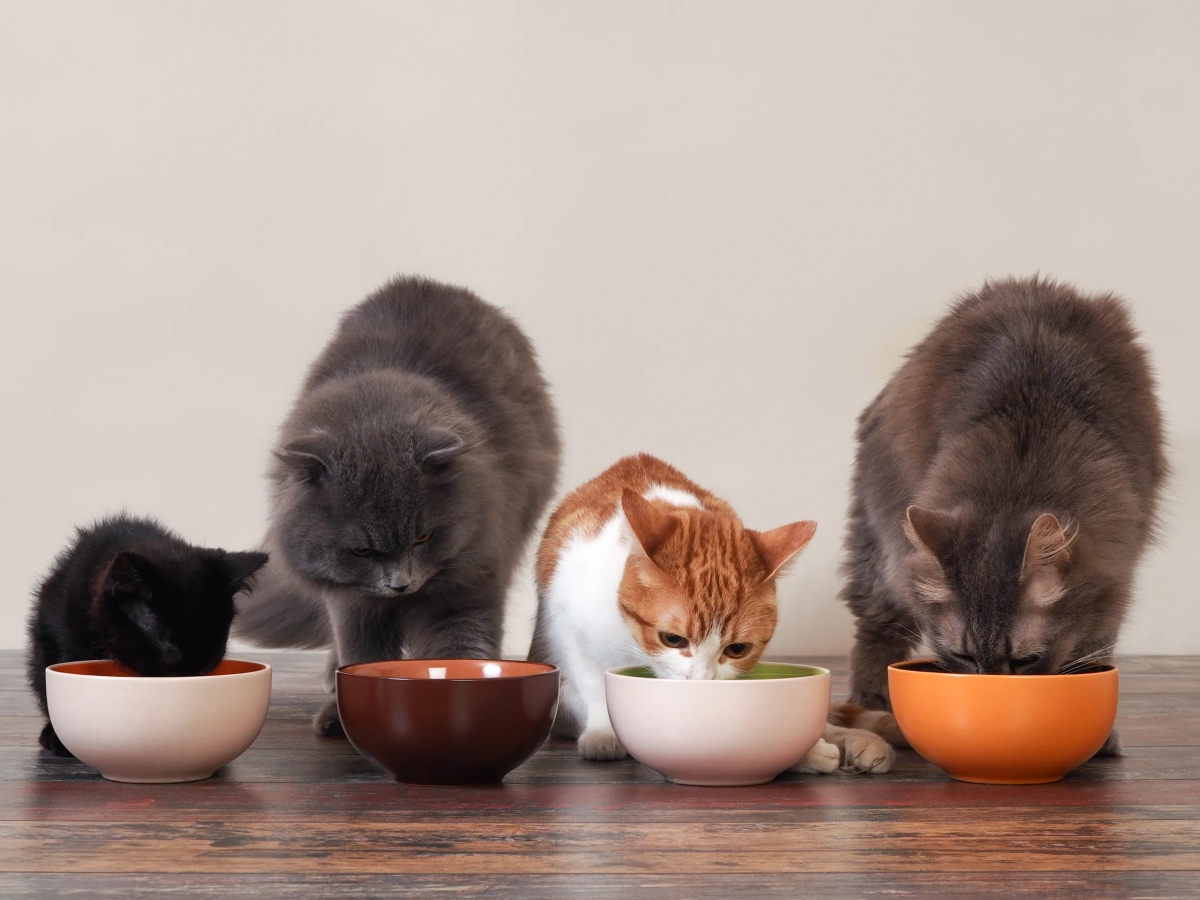
When it comes to caring for our feline companions, providing them with nutritious and wholesome meals is essential for their overall health and well-being. While commercial cat foods are readily available, many pet owners are turning to homemade options to ensure their cats receive the best possible nutrition. In this guide, we’ll explore the benefits of homemade cat food and provide you with practical tips and recipes to get started on crafting delicious and balanced meals for your beloved furry friend.
Time to learn how to make delicious homemade cat food for your feline friend
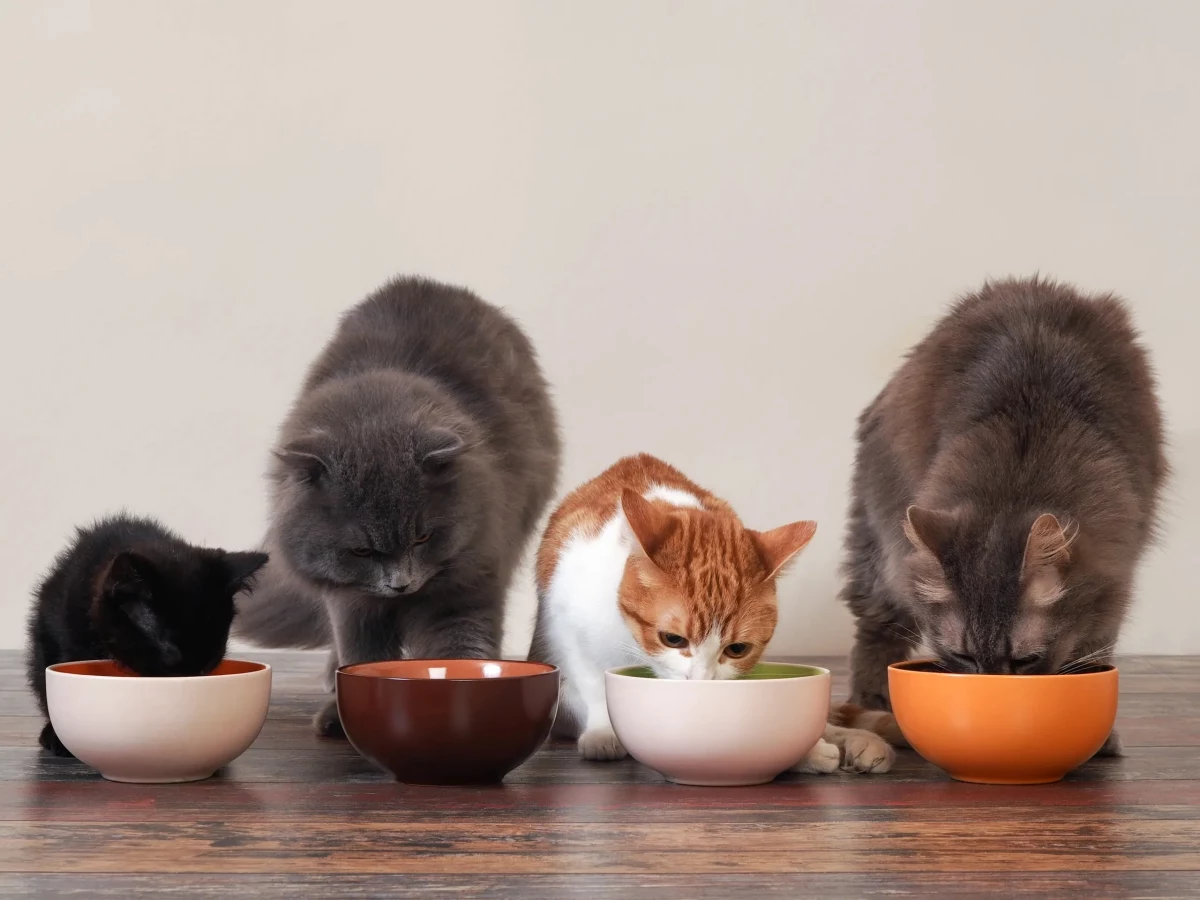
Understanding Your Cat’s Nutritional Needs
Cats are obligate carnivores, meaning that they require a diet primarily composed of animal-based proteins to meet their nutritional needs adequately. Protein serves as the cornerstone of a cat’s diet, essential for supporting muscle growth, repair, and overall body function. It’s crucial to ensure that the protein content in your cat’s diet is of high quality and easily digestible. Look for ingredients such as chicken, turkey, fish, and beef, which provide essential amino acids vital for your cat’s health. In addition to protein, cats require fats in their diet to provide a concentrated source of energy. Fats also play a crucial role in maintaining healthy skin and coat, as well as supporting various bodily functions. When selecting fats for homemade cat food, opt for healthy sources such as omega-3 and omega-6 fatty acids found in fish oil, flaxseed oil, and chicken fat.
Protein is essential for supporting muscle growth, repair, and overall body function
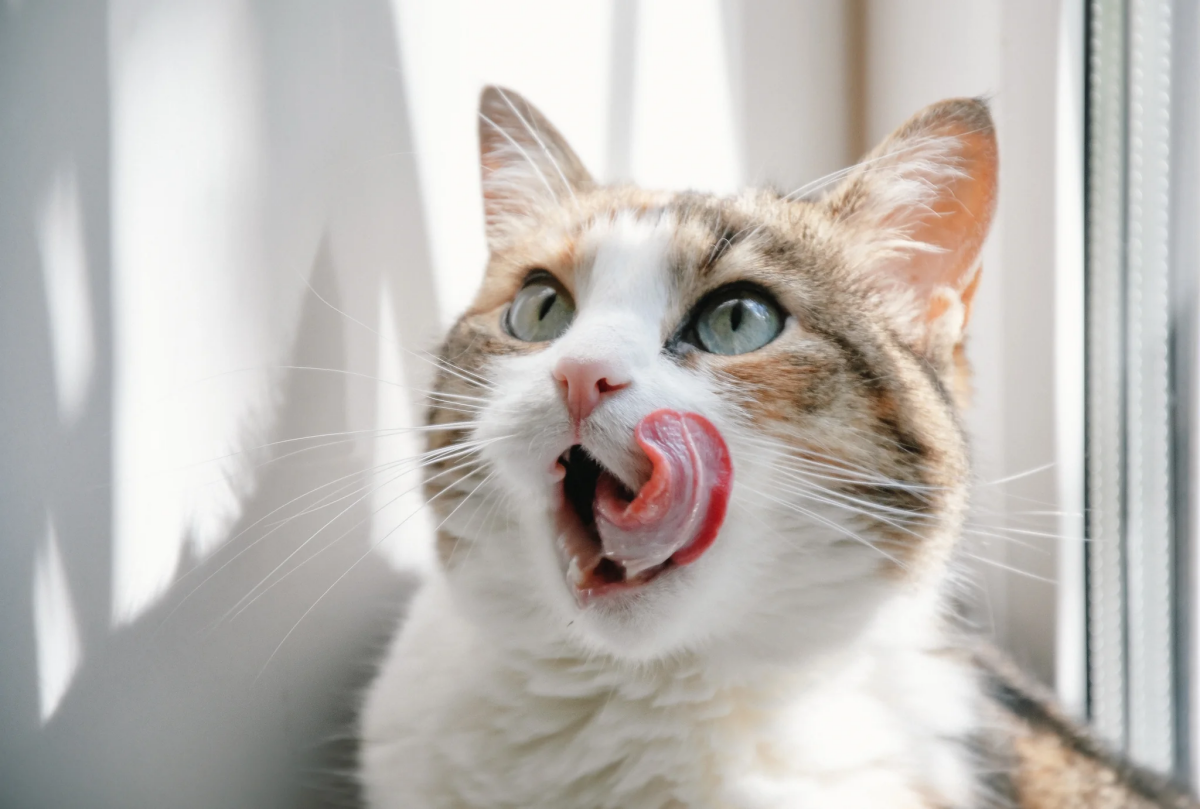
Vitamins and minerals are essential for cats to maintain overall health and prevent nutrient deficiencies. These micronutrients play vital roles in various physiological processes, including bone health, immune function, and vision. Ensure that your homemade cat food recipes include a balance of vitamins and minerals, either through whole food sources or supplements, to meet your cat’s specific needs.
Micronutrients will help support your cat’s bone health, immune function, and vision

Factors such as age, health conditions, and activity levels can influence your cat’s nutritional requirements. Kittens, for example, require a diet higher in protein and calories to support their rapid growth and development. Senior cats may benefit from lower-calorie diets with added joint support supplements to promote mobility and joint health. Cats with certain health conditions, such as kidney disease or diabetes, may require specialized diets tailored to their unique needs. Always consult with your veterinarian to determine the most appropriate diet for your cat based on their individual circumstances.
Cats with certain health conditions may require specialized diets tailored to their needs
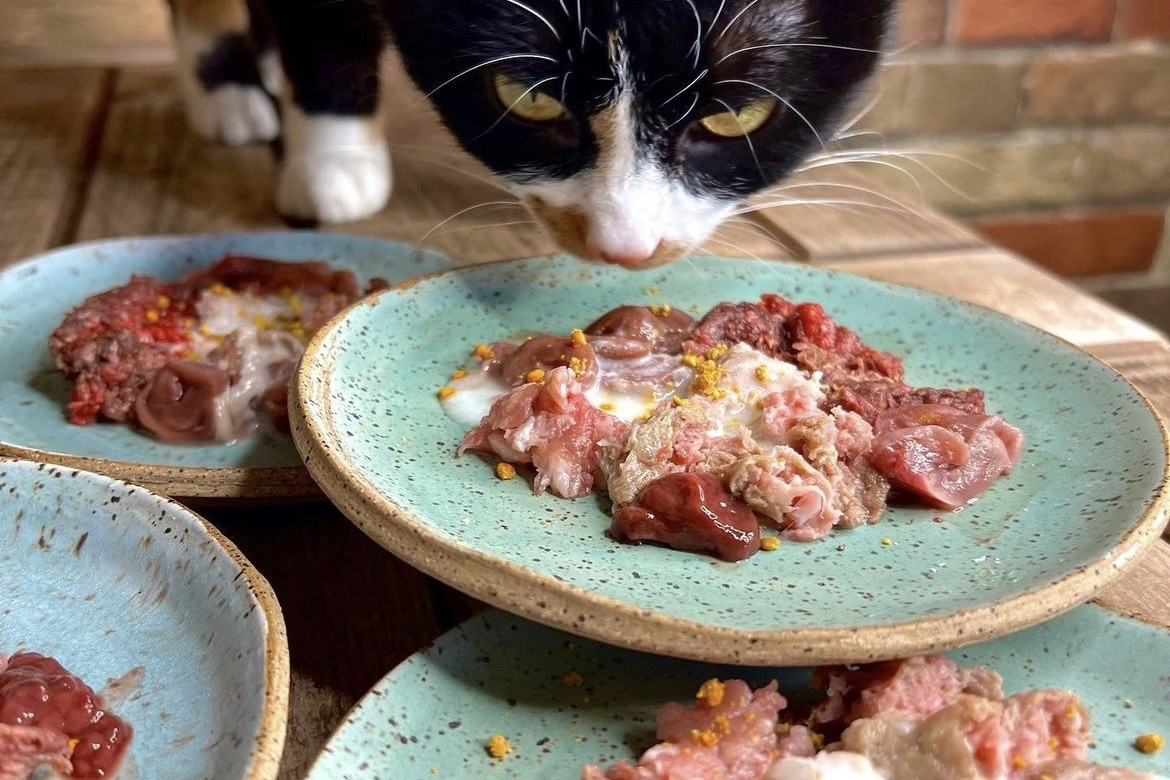
Who Should Consider Making Homemade Cat Food?
Homemade cat food can be a suitable option for pet owners who are committed to providing their cats with a diet tailored to their specific needs. If you have concerns about the quality or safety of commercial cat food, making homemade meals allows you to have full control over the ingredients and sourcing of the food. Additionally, some cats may have dietary sensitivities or allergies that require a specialized diet, which can be easier to manage with homemade food.
Homemade cat food gives you full control over the ingredients and sourcing of the food
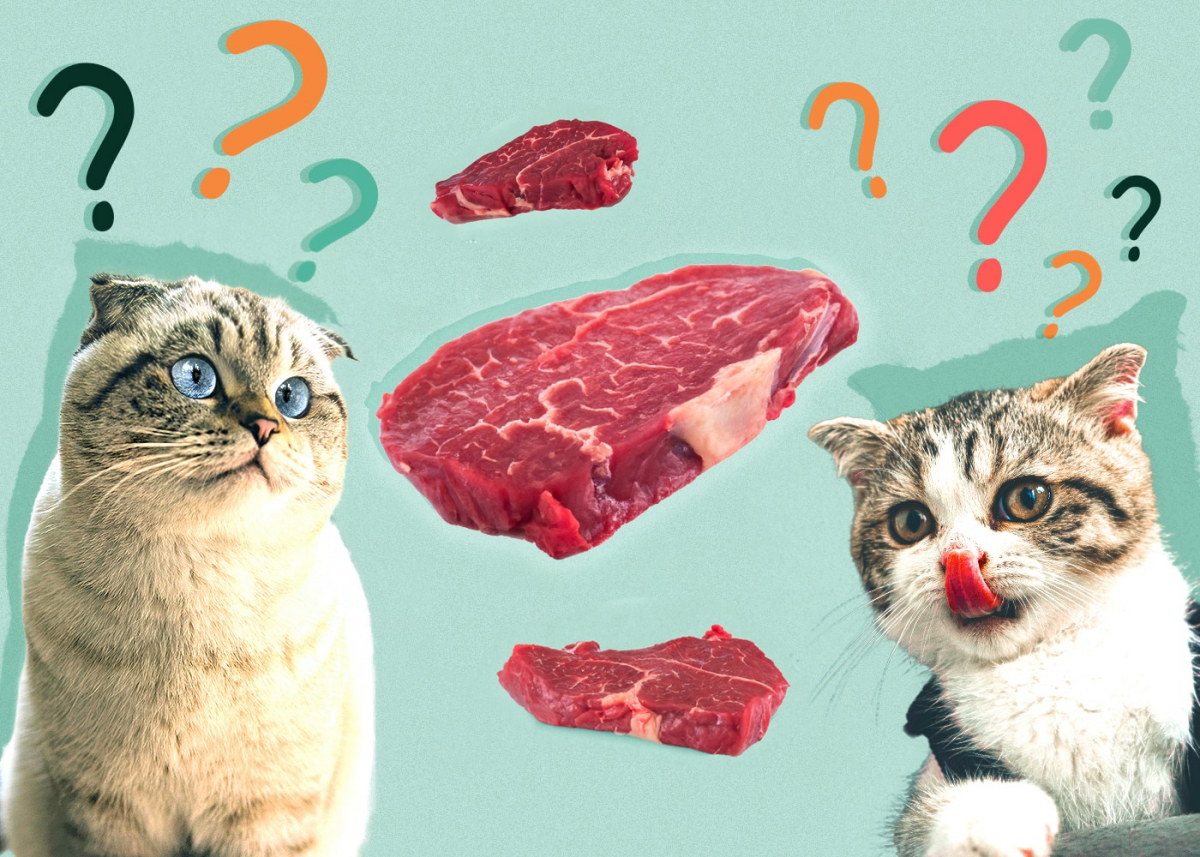
Who Should Avoid it and Why?
However, homemade cat food may not be suitable for every cat or pet owner. Cats have unique nutritional requirements that can be challenging to meet with homemade diets, especially if not properly formulated. Pet owners who lack the time, resources, or knowledge to create balanced homemade cat food recipes may struggle to provide their cats with adequate nutrition. Additionally, preparing homemade cat food requires careful attention to hygiene and food safety to prevent contamination and foodborne illness. If you’re unable to dedicate the necessary time and effort to ensure the safety and nutritional adequacy of homemade cat food, it may be best to stick with commercially available options. Always consult with your veterinarian before making any significant changes to your cat’s diet to ensure that it meets their nutritional needs and supports their overall health and well-being.
Not a great option for owners who lack the time, resources, or knowledge
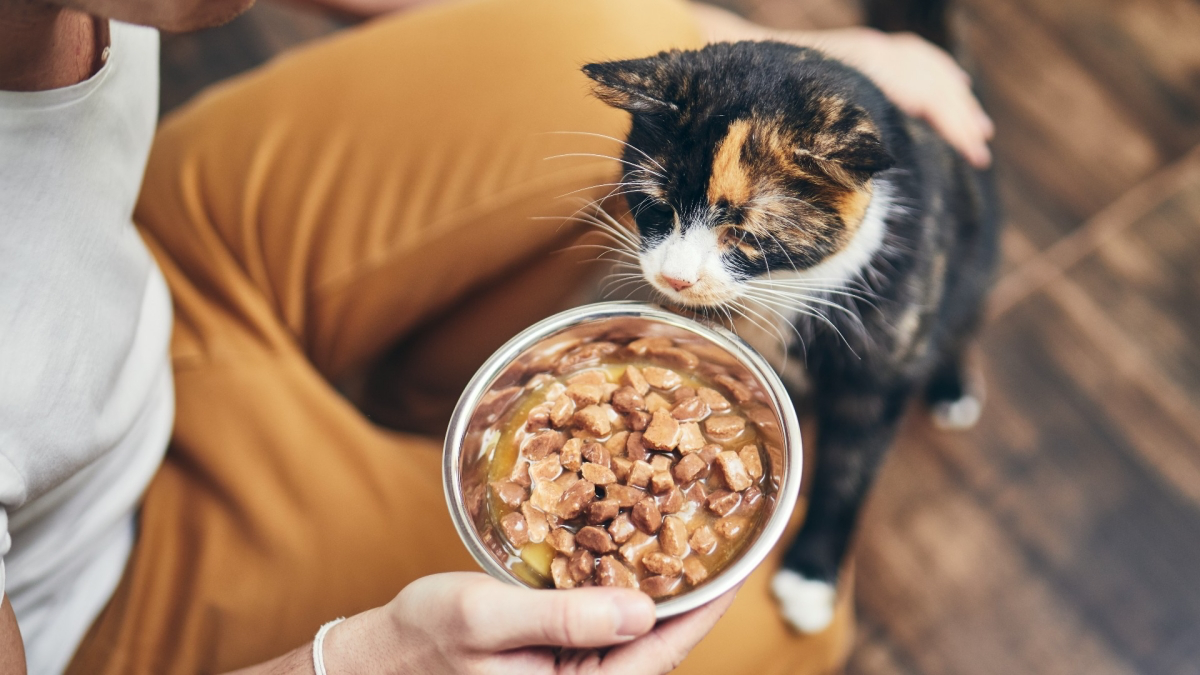
Basic Principles of Making Homemade Cat Food
Crafting homemade cat food is a labor of love that requires attention to detail and adherence to basic principles to ensure your feline friend receives a diet that promotes health and vitality. At the core of these principles is a commitment to maintaining impeccable hygiene and food safety standards throughout the entire preparation process. This begins with thoroughly washing hands and food preparation surfaces to minimize the risk of contamination and foodborne illnesses. By prioritizing cleanliness, you create a safe environment for crafting nutritious meals for your cat.
You need to make a commitment to maintaining impeccable hygiene and food safety
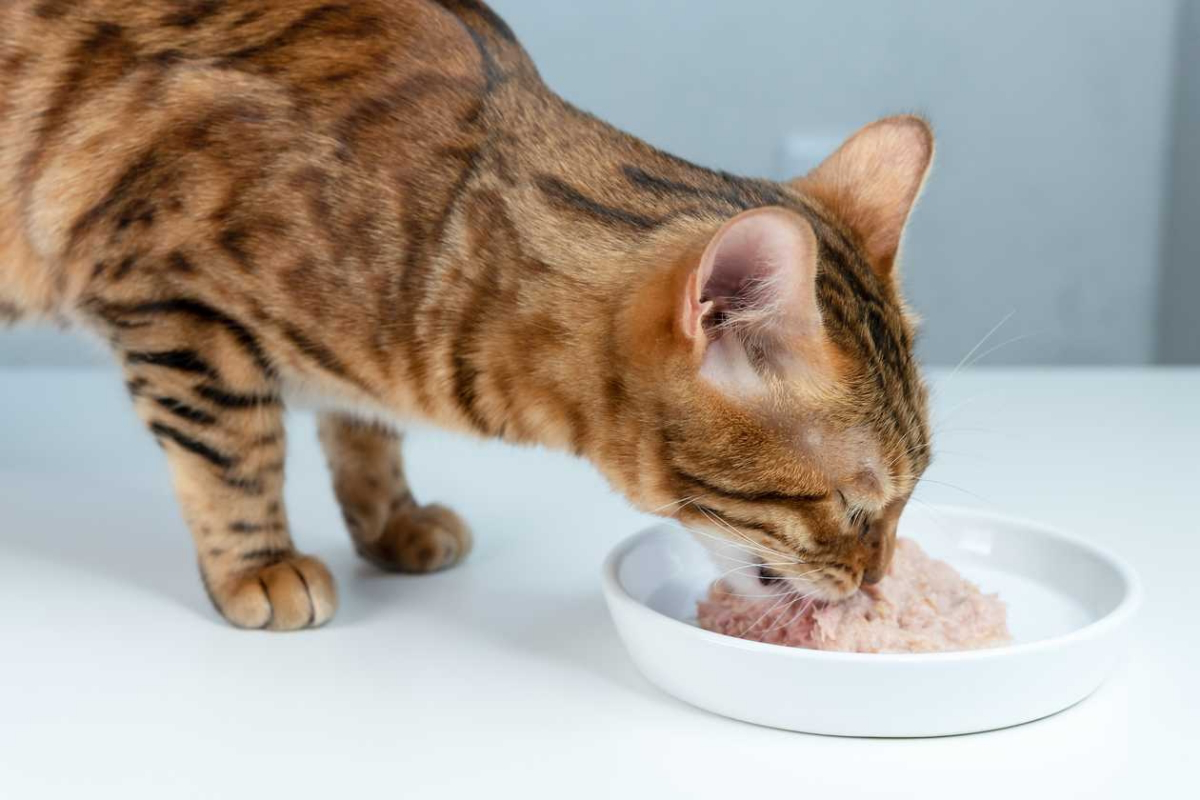
When formulating homemade cat food recipes, the selection of ingredients plays a pivotal role in meeting your cat’s nutritional needs. Opt for high-quality protein sources such as lean meat, fish, and poultry as the foundation of your recipes. These protein-rich ingredients provide essential amino acids necessary for muscle development, immune function, and overall health. Additionally, incorporating essential fats, such as omega-3 and omega-6 fatty acids found in fish oil and chicken fat, helps support healthy skin and coat, as well as various physiological processes.
The selection of ingredients plays a pivotal role in meeting your cat’s nutritional needs
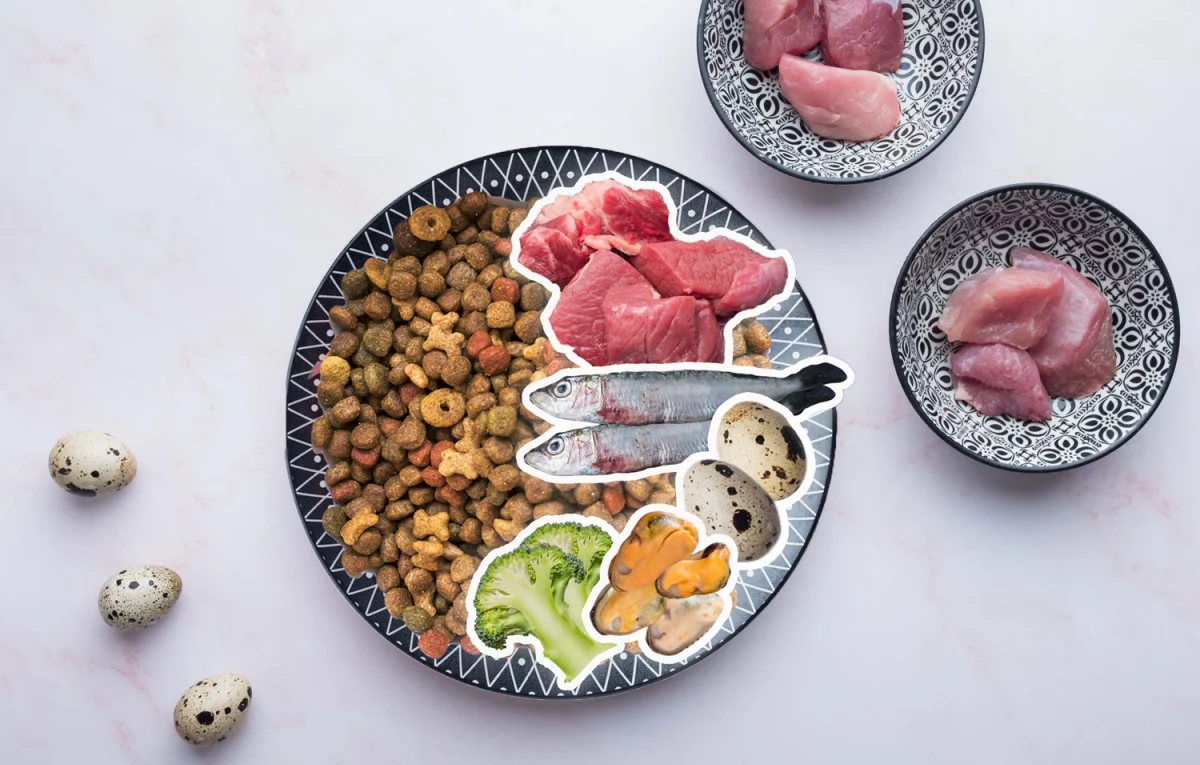
Supplementing homemade cat food with essential vitamins and minerals is crucial to ensuring a balanced and complete diet. While whole food sources can provide many of these nutrients, it’s essential to address any potential deficiencies by incorporating supplements as needed. Consult with your veterinarian to determine the appropriate supplements for your cat’s specific nutritional requirements, taking into account factors such as age, health status, and dietary preferences.
Address any potential deficiencies by incorporating special supplements
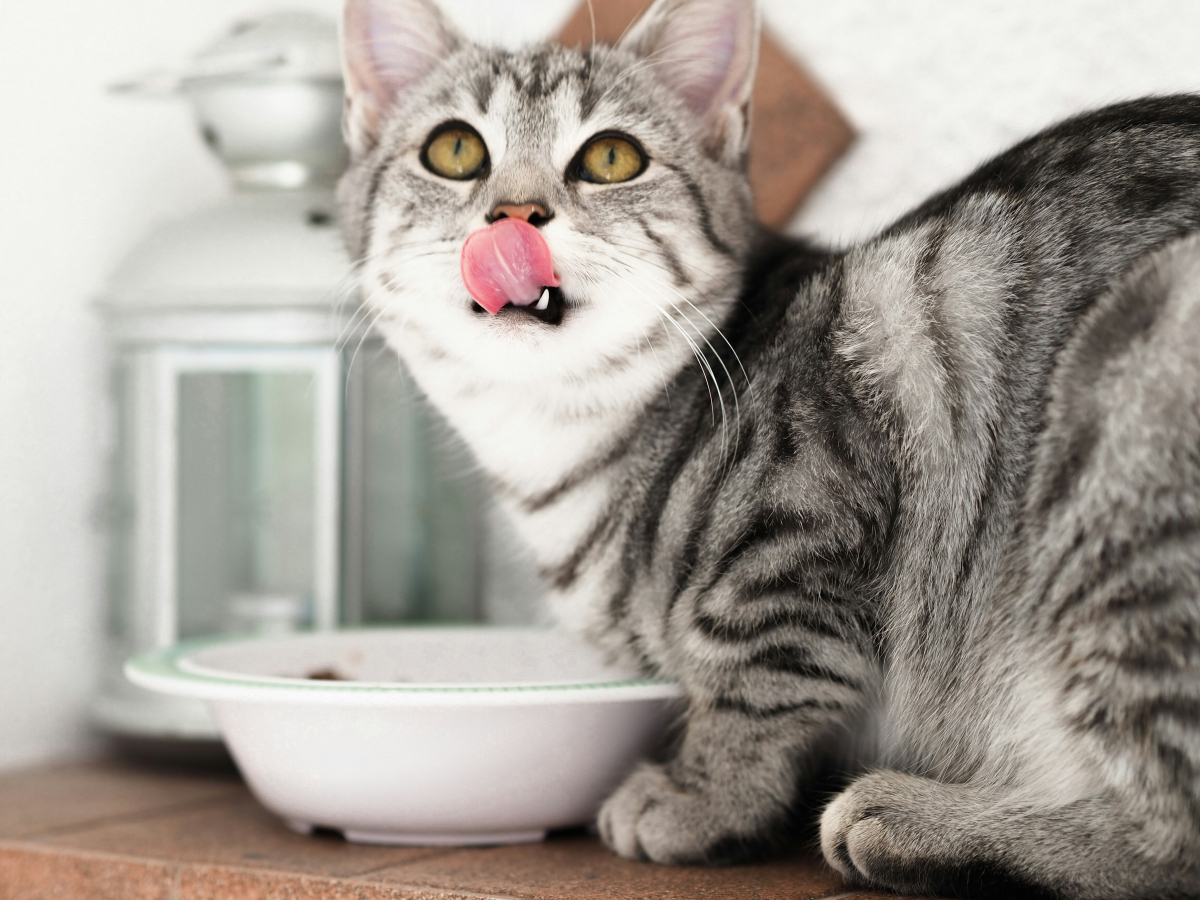
Basic Ingredients for Making Homemade Cat Food
Crafting homemade cat food empowers pet owners to customize their feline companion’s diet, ensuring it aligns with their unique nutritional needs and preferences. To achieve this, selecting the right ingredients forms the cornerstone of any homemade cat food recipe. Here’s an in-depth look at the essential components:
Protein Sources
Cats are obligate carnivores, meaning they require a diet rich in high-quality animal protein. Lean meats like chicken, turkey, or beef are excellent options, providing essential amino acids vital for muscle maintenance, immune function, and overall health. Additionally, incorporating fish and poultry diversifies the protein profile and adds variety to your cat’s diet.
Cats have a diet that is rich in high-quality animal protein
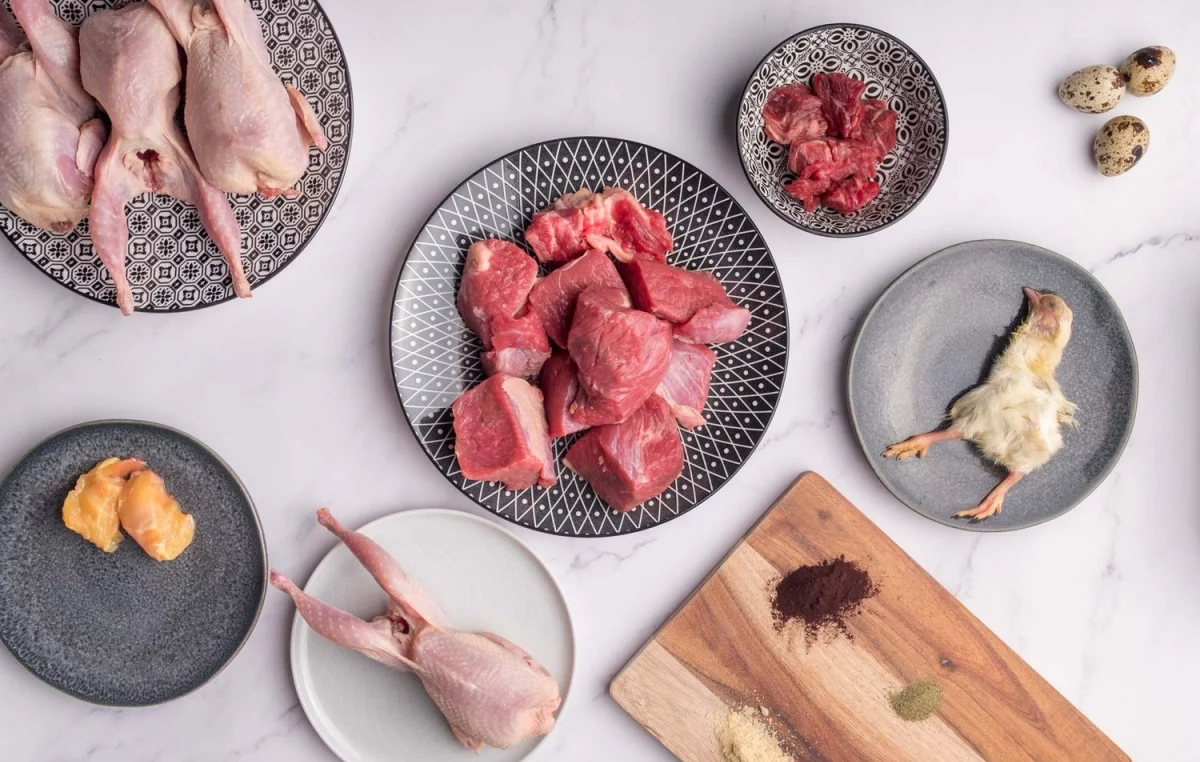
Essential Fats
Healthy fats play a crucial role in maintaining your cat’s skin and coat health, as well as supporting various physiological functions. Omega-3 and omega-6 fatty acids found in fish oil, flaxseed oil, and chicken fat are essential components. These fats are not only beneficial for skin and coat condition but also contribute to cognitive function and cardiovascular health.
Omega-3 and omega-6 fatty acids that are found in fish oil are great for cats
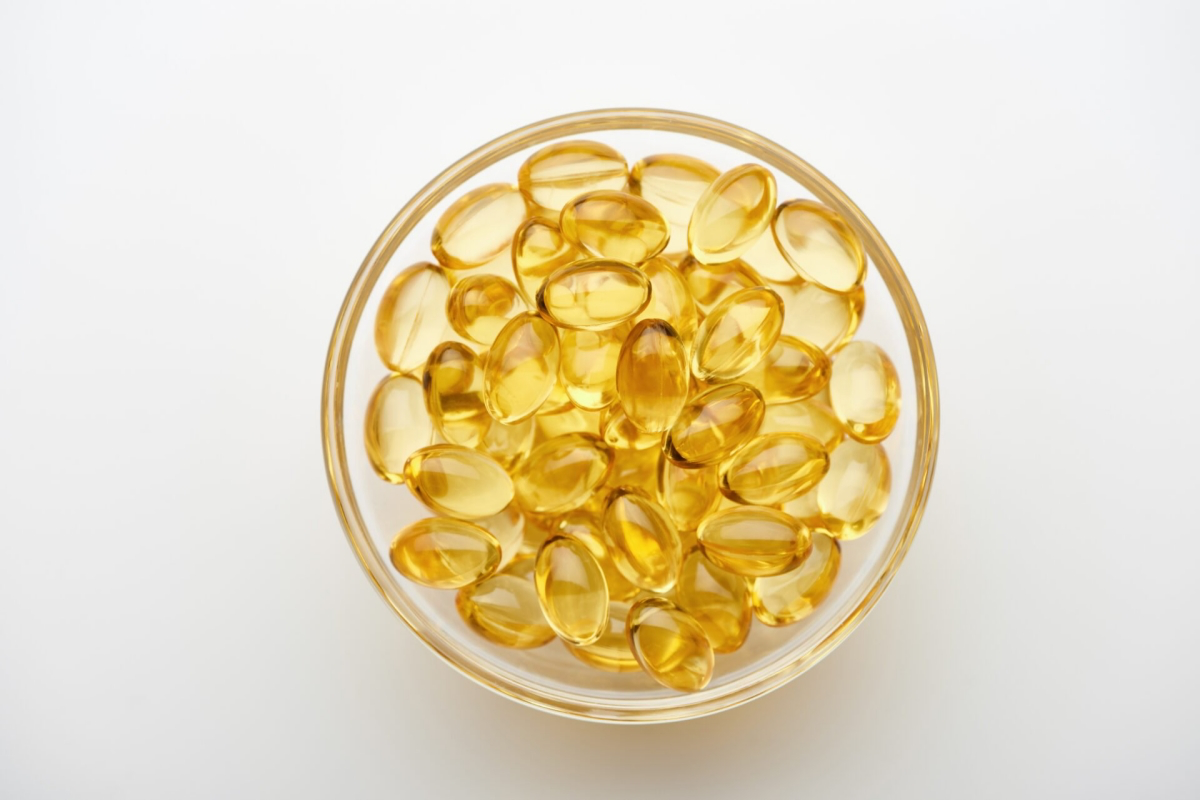
Carbohydrate Options
While cats have a limited ability to digest carbohydrates, incorporating small amounts of carbohydrates can provide energy and fiber. Opt for whole grains such as brown rice, oats, or quinoa, which offer complex carbohydrates and dietary fiber. Vegetables like sweet potatoes, peas, carrots, and spinach are also excellent sources of carbohydrates, vitamins, minerals, and antioxidants, supporting overall wellness.
Cats can enjoy veggies such as sweet potatoes, peas, carrots, and spinach
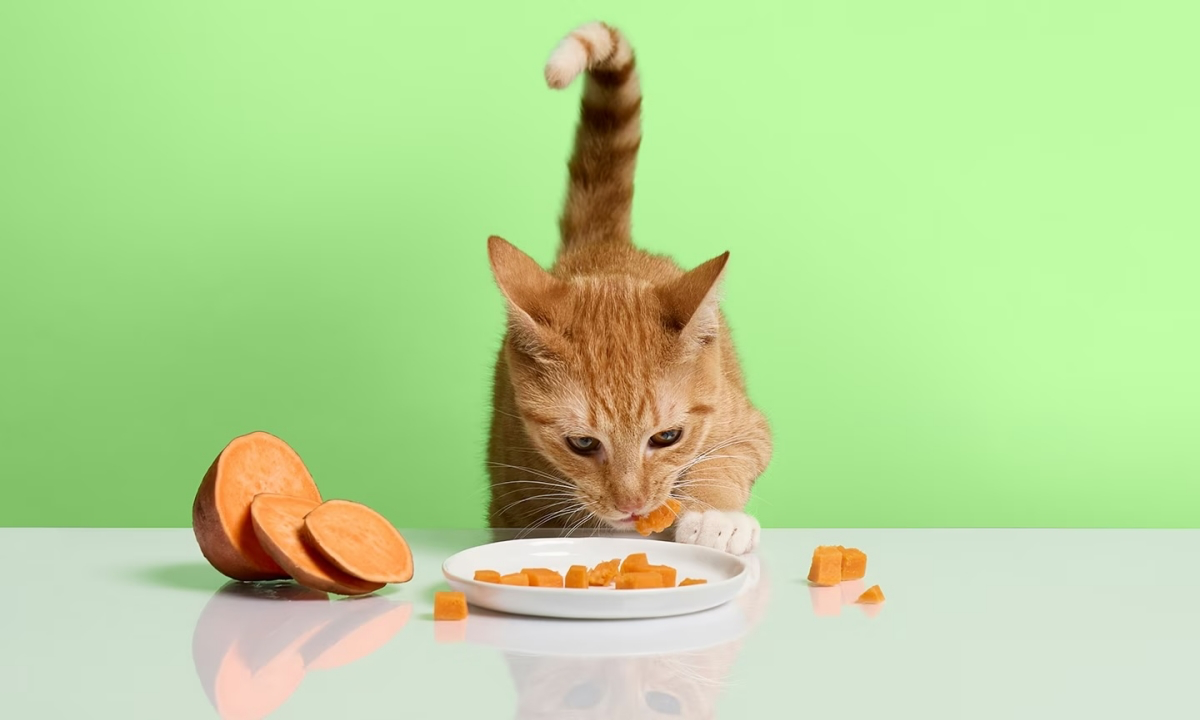
Vitamins and Minerals
To ensure your homemade cat food meets your cat’s nutritional needs, it’s essential to supplement with essential vitamins and minerals. Consult with your veterinarian to determine the appropriate supplements based on your cat’s age, health status, and dietary requirements. Adding these supplements ensures that your cat receives all the necessary nutrients for optimal health and well-being.
Consult with your veterinarian to determine the appropriate supplements

Shopping List for Homemade Cat Food Ingredients
Protein Sources:
- Chicken breasts
- Turkey thighs
- Lean beef cuts (e.g., sirloin)
- Fresh fish fillets (e.g., salmon, tuna)
- Skinless, boneless chicken or turkey canned in water
Essential Fats:
- Fish oil (salmon oil or krill oil)
- Flaxseed oil
- Chicken fat (can be purchased from a butcher or rendered at home)
Carbohydrate Options:
- Brown rice
- Oats
- Quinoa
- Sweet potatoes
- Peas
- Carrots
- Spinach
Vitamins and Minerals:
- Multivitamin supplement specifically formulated for cats
- Calcium carbonate or ground eggshells (as a source of calcium)
- Taurine supplement
- Vitamin E supplement
Additional Ingredients (Optional):
- Liver (for added flavor and nutrients)
- Eggs (as a source of protein and essential amino acids)
- Canned pumpkin (for added fiber and digestive health)
Choose the foods that your cats enjoys eating the most
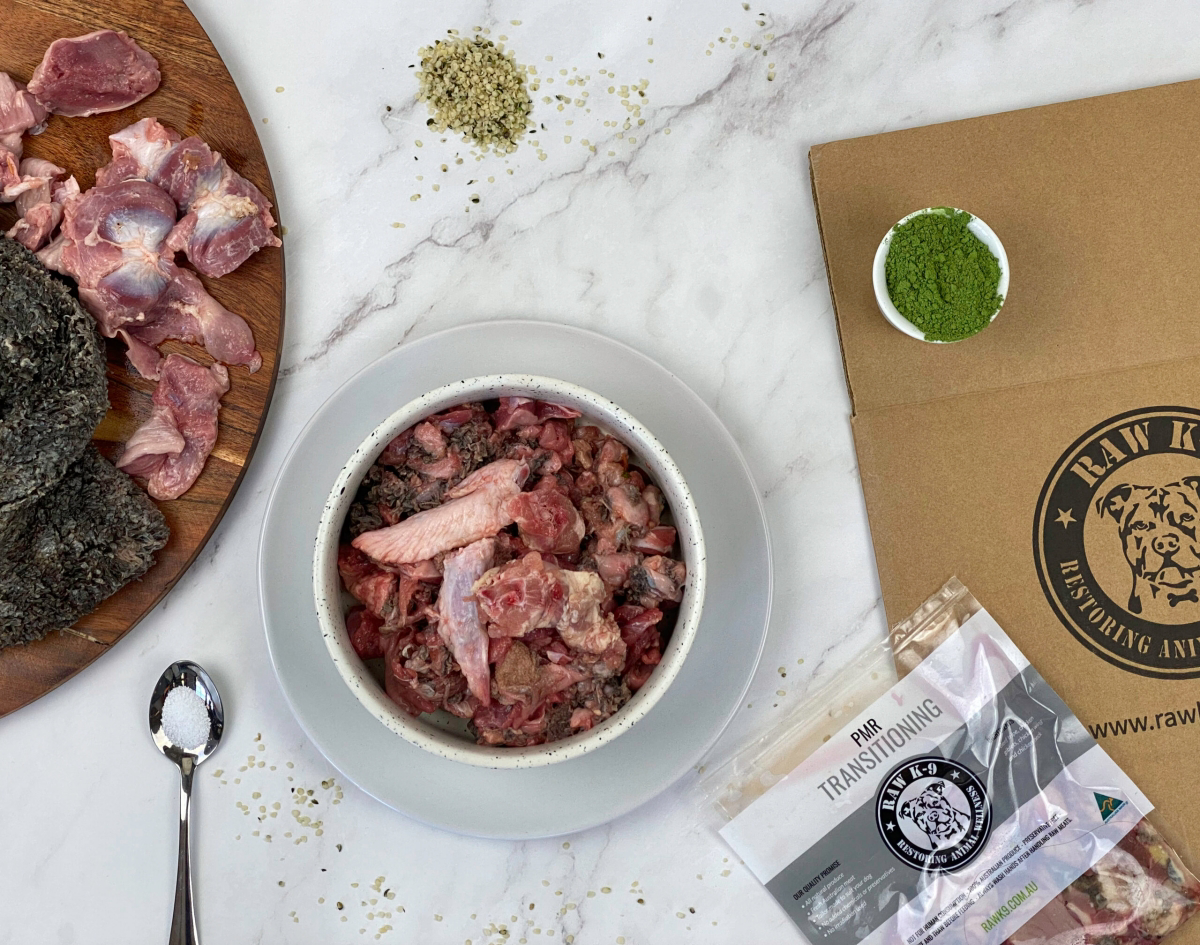
What are The Best Flavor Combinations?
When creating homemade cat food, it’s essential to offer a variety of flavors to keep your feline friend interested and ensure they receive a balanced diet. Here are some of the best flavor combinations to consider:
- Chicken and Pumpkin: Cooked chicken provides lean protein, while pumpkin offers fiber and aids in digestion. Cats often enjoy the mild taste of chicken, and the addition of pumpkin can help promote a healthy gastrointestinal tract.
- Salmon and Sweet Potato: Salmon is rich in omega-3 fatty acids, which support skin and coat health, while sweet potatoes are a great source of complex carbohydrates and vitamins. This combination provides a delicious and nutritious option for your cat.
- Turkey and Green Beans: Lean turkey meat offers protein and essential amino acids, while green beans provide fiber and nutrients. This combination is not only tasty but also beneficial for cats’ digestive health.
- Beef and Carrots: Beef is a good source of protein and iron, while carrots are rich in beta-carotene and other vitamins. This flavorful combination offers a mix of nutrients that can support your cat’s overall well-being.
- Tuna and Brown Rice: Tuna is a favorite among many cats due to its strong aroma and flavor. When paired with brown rice, which is a source of carbohydrates and fiber, it creates a satisfying meal option for your feline companion.
- Lamb and Peas: Lamb is a novel protein that some cats may find appealing, especially if they have food sensitivities. Peas are a good source of plant-based protein and fiber, making them a nutritious addition to homemade cat food.
- Duck and Cranberries: Duck meat provides a unique flavor profile that can entice even picky eaters, while cranberries offer antioxidants and urinary tract support. This combination offers both taste and health benefits for your cat.
- Rabbit and Spinach: Rabbit meat is another novel protein source that some cats may enjoy, and it’s often well-tolerated by those with food allergies. Spinach adds vitamins and minerals to the mix, making it a wholesome choice for homemade cat food.
Experiment with different flavor combinations and textures

How to Make Homemade Cat Food: Instructions
Making homemade cat food allows you to control the ingredients and quality of your feline friend’s diet, ensuring they receive the nutrients they need for optimal health. Here’s a step-by-step guide to crafting nutritious and balanced homemade cat food:
- Consult with Your Veterinarian: Before preparing homemade cat food, consult with your veterinarian to ensure it meets your cat’s nutritional requirements and to address any specific dietary concerns or health conditions.
- Gather Ingredients: Collect all the necessary ingredients based on your chosen recipe and your cat’s dietary needs. Refer to your shopping list to ensure you have everything on hand.
- Prepare Protein Sources: If using fresh meat or fish, trim excess fat and remove bones. Cook the protein sources thoroughly to kill any potential bacteria or parasites. You can boil, bake, or grill the meat, ensuring it’s fully cooked and safe for consumption.
- Cook Carbohydrates (Optional): If including carbohydrates in your cat’s diet, cook them according to package instructions. Brown rice, quinoa, and oats can be cooked in water or broth until tender.
- Combine Ingredients: Once all the components are cooked and prepared, combine them in a large mixing bowl. Use a ratio of approximately 50-60% protein, 30-40% carbohydrates (if included), and 10% essential fats.
- Add Supplements: Incorporate any necessary supplements, such as vitamins, minerals, and taurine, into the mixture. Follow the recommended dosage provided by your veterinarian.
- Mix Thoroughly: Use a spoon or spatula to mix the ingredients thoroughly, ensuring an even distribution of nutrients throughout the mixture.
- Portion and Store: Divide the homemade cat food into individual portions based on your cat’s daily feeding requirements. You can use a measuring cup or kitchen scale to ensure accurate portion sizes. Store the portions in airtight containers or freezer-safe bags.
- Serve and Monitor: Serve the homemade cat food to your feline friend according to their feeding schedule. Monitor their health, appetite, and litter box habits closely to ensure they are thriving on their new diet.
- Adjust as Needed: Monitor your cat’s weight and overall health regularly and make adjustments to the homemade cat food recipe as needed. Your veterinarian can provide guidance on modifying the recipe to address any dietary concerns or health issues.
Put the leftover cooked protein in the fridge for later use

Transitioning Your Cat to Homemade Food
Should you contemplate transitioning your cat to a homemade diet, a gradual and methodical approach is paramount to ensure a seamless adjustment period and minimize the risk of digestive upset. Begin by incorporating small quantities of homemade food into your cat’s existing diet, gradually increasing the proportion over time as their palate acclimates to the new fare. Vigilantly monitor your cat’s health and well-being throughout the transition process, remaining attuned to any signs of discomfort or adverse reactions. Should any concerns arise, don’t hesitate to seek guidance from your veterinarian, who can offer invaluable insights and assistance tailored to your cat’s specific needs. With patience, diligence, and expert guidance, you can navigate the transition to a homemade diet with confidence, paving the way for a healthier and happier life for your cherished feline companion.
You need to ensure a seamless adjustment period to minimize the risk of digestive upset
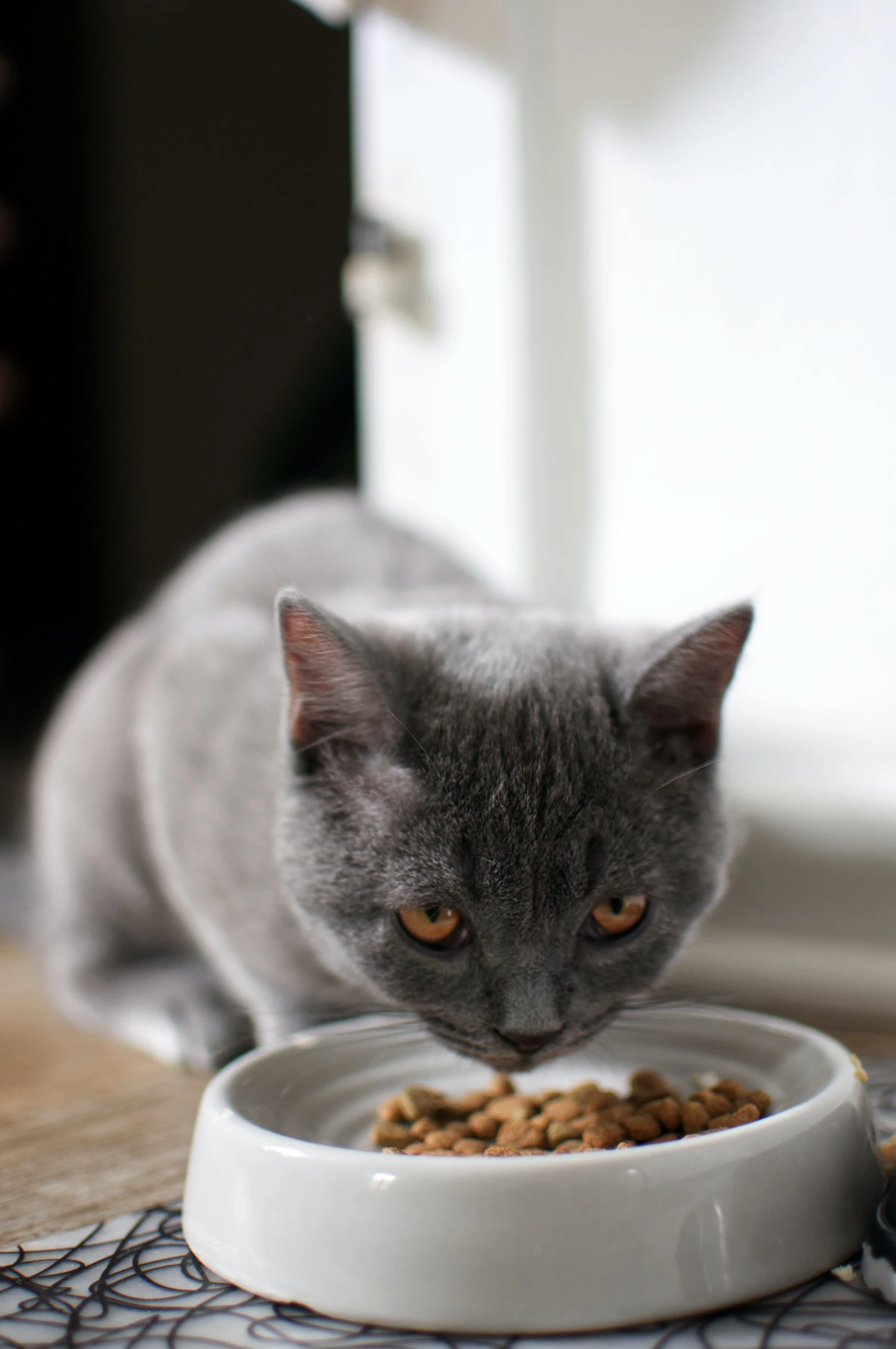
Making Homemade Cat Food: Do’s and Don’ts
Creating homemade cat food can be a rewarding way to provide your feline friend with nutritious and delicious meals tailored to their individual needs. However, it’s essential to follow certain guidelines to ensure that the food you prepare is safe, balanced, and beneficial for your cat’s health. Here are some important do’s and don’ts to keep in mind when making homemade cat food:
Do’s:
- Do Research: Before diving into homemade cat food preparation, educate yourself about your cat’s nutritional requirements. Consult reputable sources such as veterinary nutritionists or trusted pet nutrition resources to understand the essential nutrients your cat needs for optimal health.
- Do Consult with Your Veterinarian: It’s crucial to involve your veterinarian in the process of making homemade cat food. They can provide valuable guidance on formulating recipes, selecting appropriate ingredients, and ensuring that your cat’s dietary needs are met. Your vet can also advise on any specific health conditions or dietary restrictions your cat may have.
- Do Use High-Quality Ingredients: Choose fresh, high-quality ingredients for your homemade cat food recipes. Opt for lean meats, such as chicken, turkey, or fish, and incorporate a variety of protein sources to provide a balanced diet. Select fresh vegetables and fruit that are safe for cats and avoid using ingredients that are toxic to felines, such as onions, garlic, grapes, and raisins.
- Do Balance Nutrients: Aim to create balanced meals that provide all the essential nutrients your cat needs, including protein, fats, carbohydrates, vitamins, and minerals. Ensure that your recipes include a variety of ingredients to meet your cat’s nutritional requirements and avoid relying on a single source of nutrients.
- Do Practice Food Safety: Maintain proper hygiene and food safety practices when preparing homemade cat food. Wash your hands, utensils, and food preparation surfaces thoroughly to prevent contamination. Store homemade cat food properly in the refrigerator or freezer to prevent spoilage and bacterial growth.
Always try to choose fresh, high-quality ingredients for your homemade cat food recipes
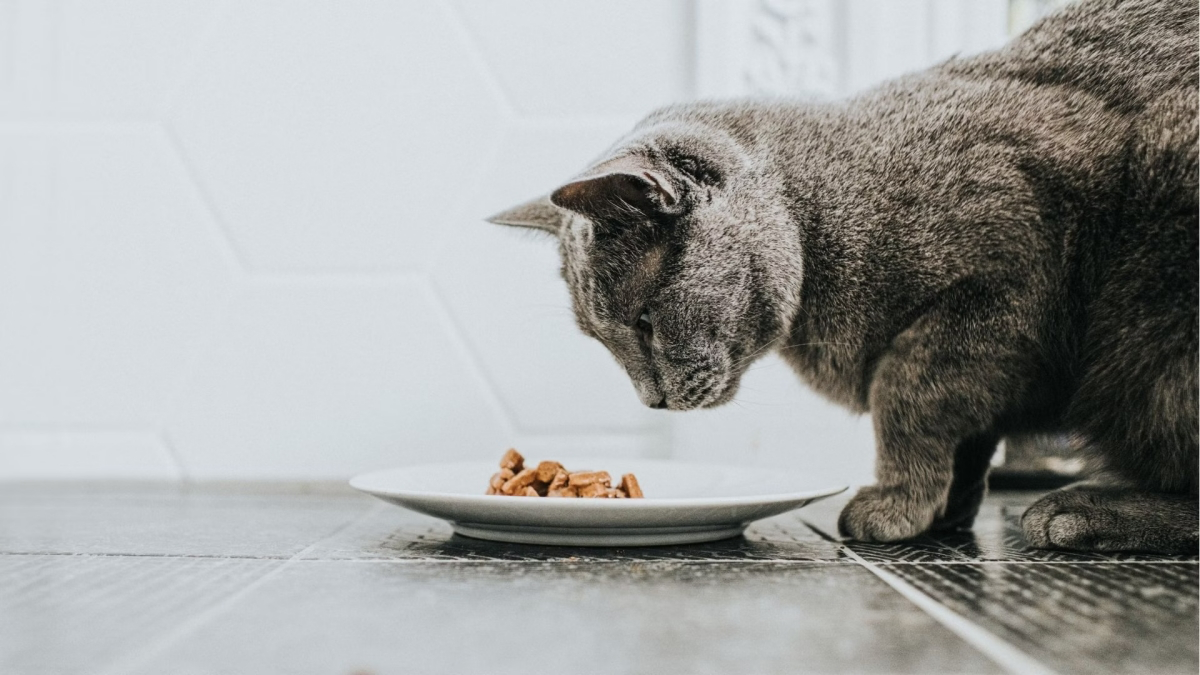
Don’ts:
- Don’t Use Unbalanced Recipes: Avoid using homemade cat food recipes that are unbalanced or incomplete in terms of nutrients. Cats require specific proportions of protein, fats, and other nutrients for optimal health, so it’s essential to follow balanced recipes or consult with a veterinary nutritionist to ensure that your cat’s nutritional needs are met.
- Don’t Overlook Hydration: Ensure that your homemade cat food recipes provide adequate hydration for your feline friend. Moisture content is crucial for cats’ overall health and can help prevent urinary tract issues and kidney problems. Consider incorporating wet ingredients or adding water to your recipes to increase moisture content.
- Don’t Forget About Taurine: Taurine is an essential amino acid for cats that plays a critical role in maintaining heart health, vision, and reproductive function. Make sure your homemade cat food recipes include sources of taurine, such as meat, fish, or commercial taurine supplements, to prevent deficiencies.
- Don’t Rush the Transition: If you’re transitioning your cat to a homemade diet, do so gradually to avoid digestive upset. Gradually introduce new foods by mixing them with your cat’s current diet and slowly increasing the proportion of homemade food over time. Monitor your cat’s response and adjust the transition pace as needed.
- Don’t Ignore Signs of Problems: Keep a close eye on your cat’s health and behavior when feeding homemade cat food. If you notice any signs of digestive issues, nutritional deficiencies, or other health problems, consult with your veterinarian promptly. They can help identify and address any dietary issues and ensure that your cat remains healthy and happy on a homemade diet.
Avoid homemade cat food recipes that are unbalanced or incomplete in terms of nutrients
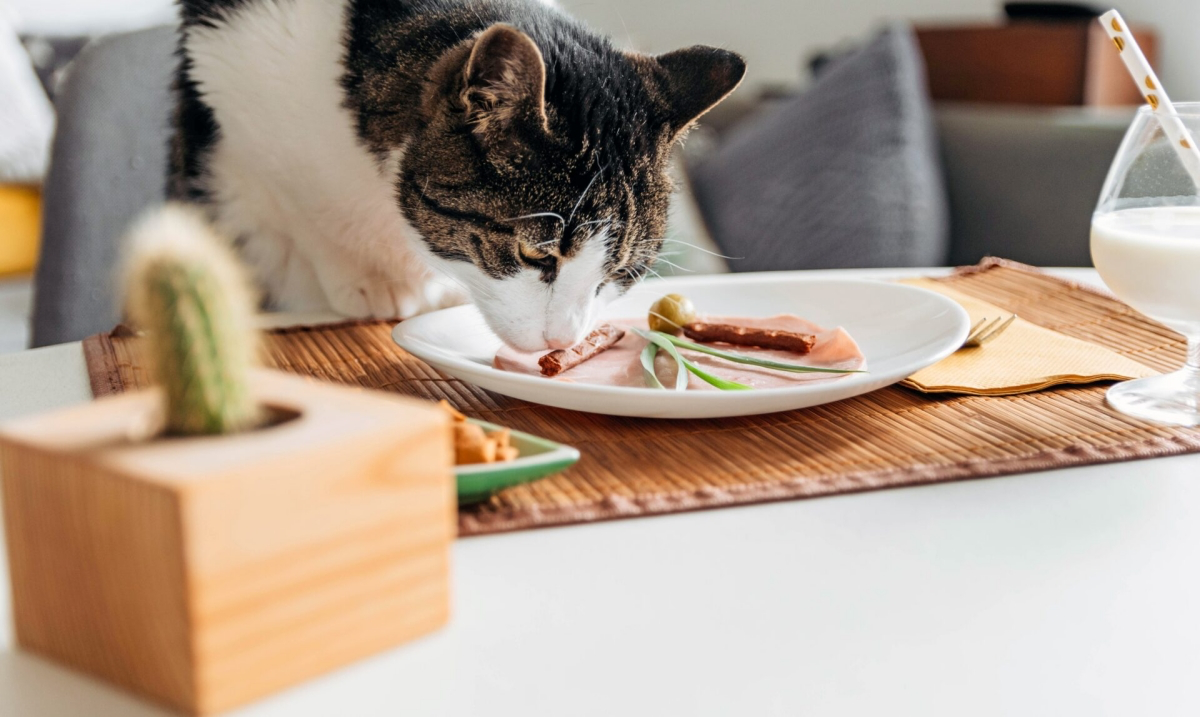
Conclusion
Homemade cat food offers a wonderful opportunity to provide your feline companion with nutritious and delicious meals made with love. By understanding your cat’s nutritional needs and following the basic principles of homemade cat food preparation, you can create meals that support their health and happiness. With our helpful tips and recipes, you’ll be well on your way to becoming a master chef for your beloved furry friend.
